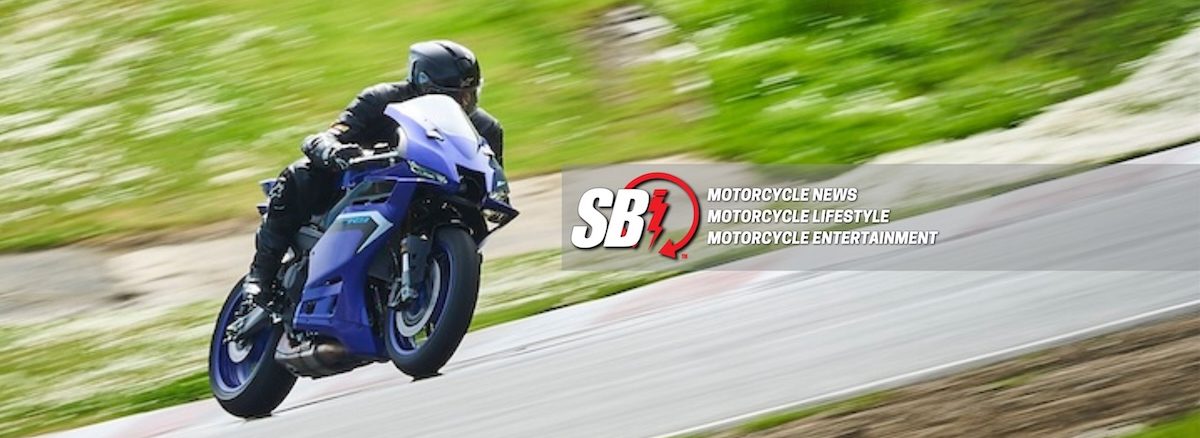
Back in 2009, I was one of the first journalists in the world to test the then-new Aprilia RSV4. Having spent 2008 on a Kawasaki ZX-10R, the RSV4 felt like something from another dimension. Tiny, light on its feet, and with (at the time) the only V4 superbike powerplant you could buy, the black and red beauty chewed up and swallowed the 2009 superbike field like a plate of perfect pasta you could buy from any corner store near the Noale factory in Italy. Fast forward to 2021, and like a young man who has diligently spent the past 12 years in the gym, the RSV4 has matured into a muscly, powerful beast of a motorcycle, yet it retains the charm, poise and youthful good manners that endeared it so to the superbike riding fraternity all those years ago.
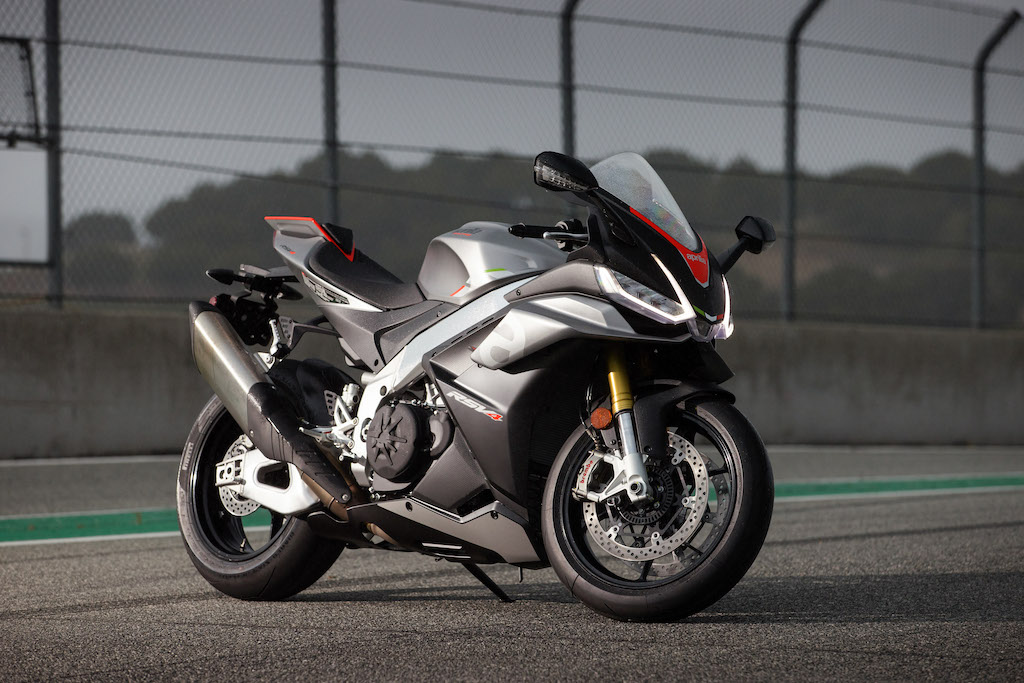

Available in the base $18,999 RSV4 with cast-aluminum wheels and conventionally adjusted Sachs suspension, and the $25,499 RSV4 Factory (complete with semi-active Ohlins suspension and forged aluminum wheels), this is unquestionably the finest superbike Aprilia has ever produced.
Aprilia updated the RSV4 in 2019, but it was more a stopgap model compared to 2021. Now Euro5 complaint and packing a stonking 217 hp at 13,000 rpm and 92 lb-ft of torque at 10,500 rpm from its now 1099cc V4, the RSV4 gets everything from a new LED laden face modeled on the RS 660, to new electronics that finally feature the ability to vary engine brake control, a revised frame with a MotoGP-style inverted swingarm that’s a claimed 30 percent stiffer than before. And new bodywork with winglets that produce more downforce to keep the front under control when hard on the gas and to exponentially increase braking stability.
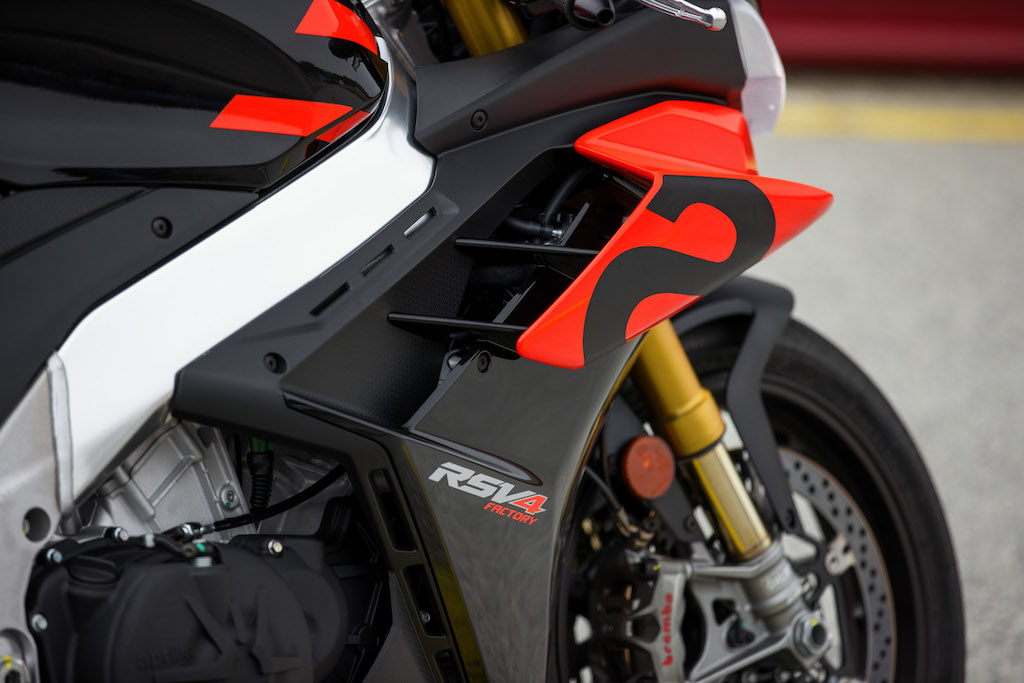
Our test ground was the most famous (in my eyes) track in the country — WeatherTech Raceway Laguna Seca. This place is a perfect mix of fast and flowing corners, undulations and hard acceleration points, allowing the RSV4 and the RSV4 Factory to glorify itself in the Monterey grey.
Both the RSV4 and RSV4 Factory come with the same basic engine, chassis and electronics platforms. The only difference coming in wheels, suspension and paint. Time was when the RSV4 (formerly named the RSV4 RR) was the poor relation to the RSV4 Factory. Not anymore. The 43mm Sachs fork and shock are vastly improved in their ability to hold the RSV4 to account. And the fact they are not fiddled with by electronics gives the RSV4 a beautifully tangible feel when on the side of the tire. That’s something the RSV4 has always had… You know exactly what’s happening beneath you, more so now with the stiffer swingarm. That poise so evident when the first RSV4 came out over a decade ago is still there. The 2021 version feels very similar to the OG, and that, trust me, is a good thing.
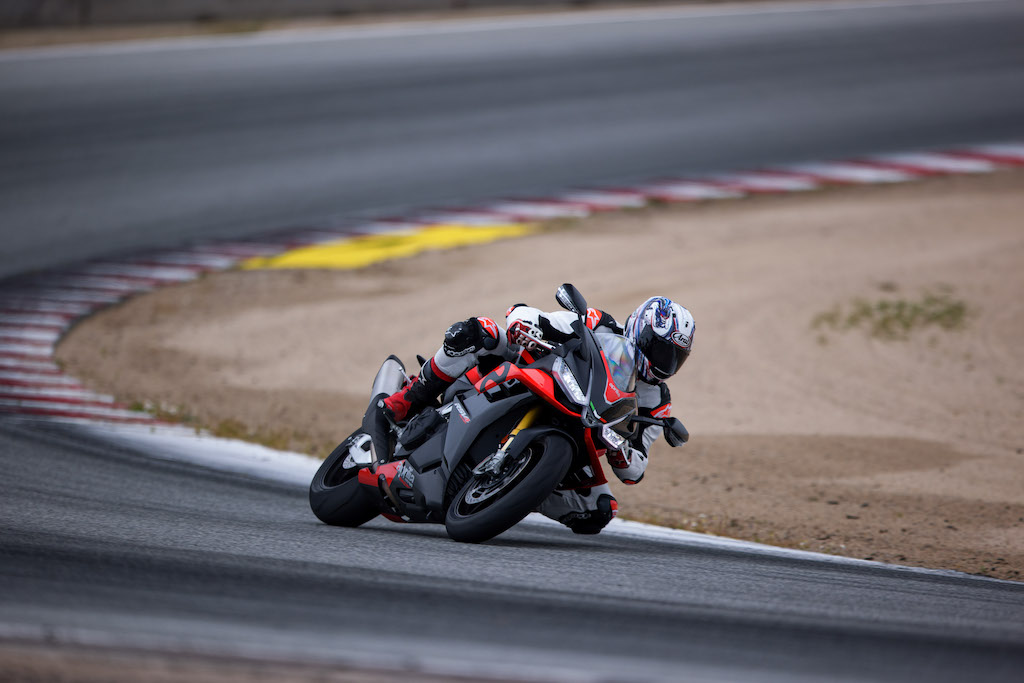
Switching to the Factory edition, the performance gap is not as big as you may think, although I suspect it will be when we test it on the road. On track, I prefer the feel of conventional suspension, however, the ability to vary the Factory’s settings via the dash and easily convert back to standard settings if you get lost is a definite advantage over the base model. We put the Factory’s Ohlins in manual mode and all was good at that point, at which point the agility offered by the lighter wheels made the Factory’s extra dollar price tag more relevant. Lighter wheels are the single best performance modification you can make to your motorcycle. Less unsprung weight means less weight to move from side-to-side and less mass to accelerate, so you get there faster.
Both machines are graced with Aprilia’s brilliant Aprilia Performance Ride Control (APRC) electronics suite. Aside from six riding modes (three preset and three programmable), the APRC system allows you to control everything from power modes to traction, wheelie, now engine brake, and launch control, along with Cornering ABS, slide control, and cruise control. And Aprilia has developed an all-new quick shifter for utterly seamless full power gear shifts.
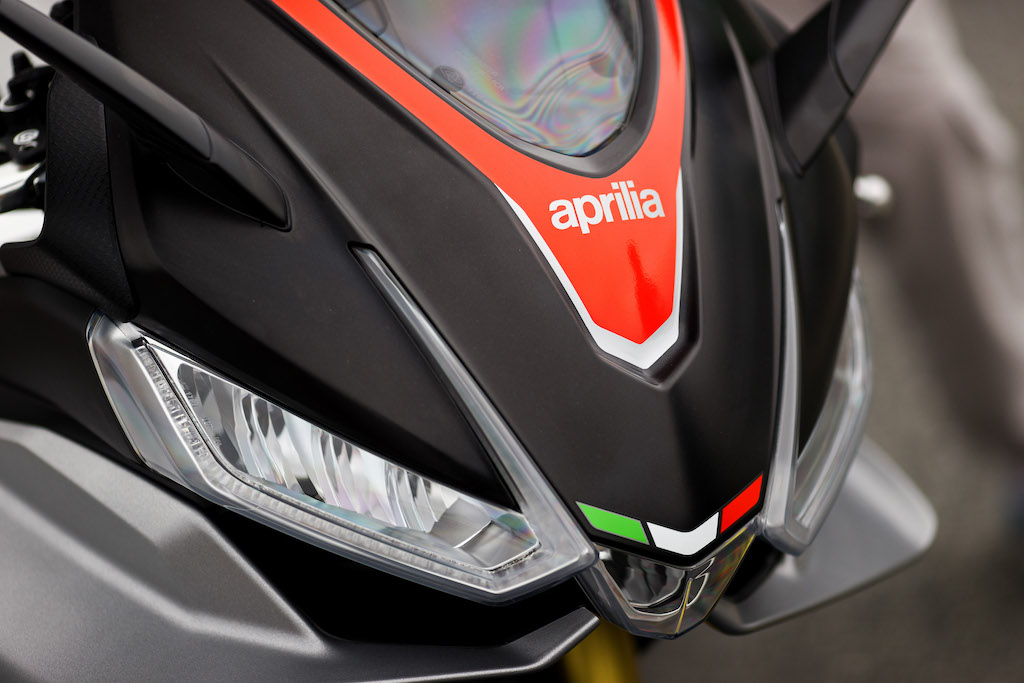
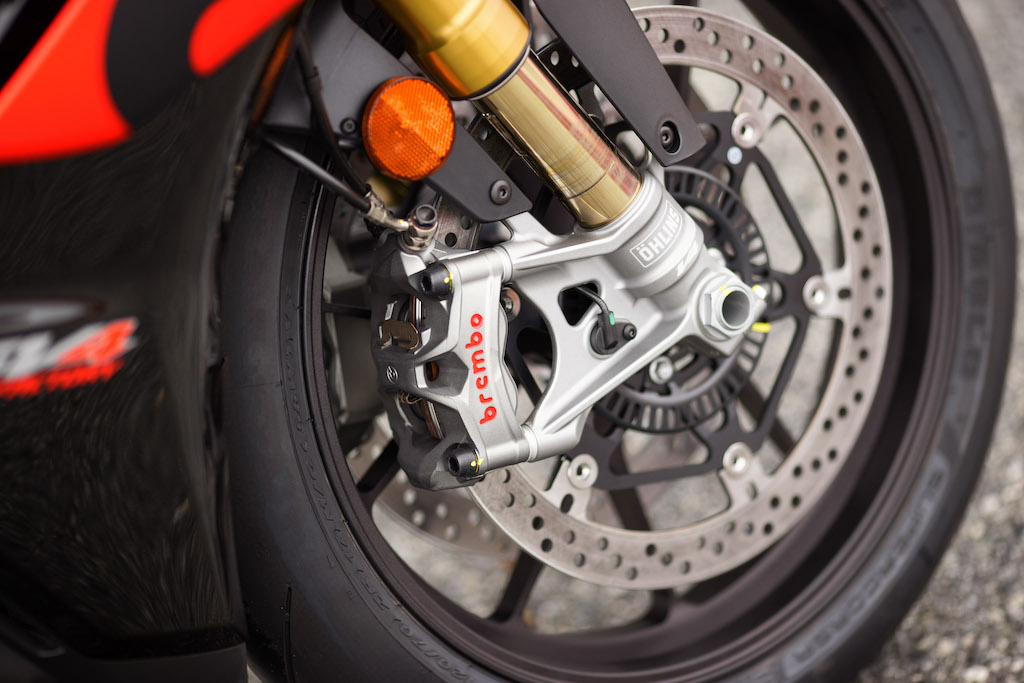


Aprilia was the first to introduce an IMU back in 2013 on the RSV4, although they did a terrible job of marketing it so no one knew about the device until Yamaha made a big song and dance about it with the 2015 R1. As such, Aprilia has more knowledge on how to make superbike electronics seamlessly work than most, although the game is admittedly very tight across the board these days.
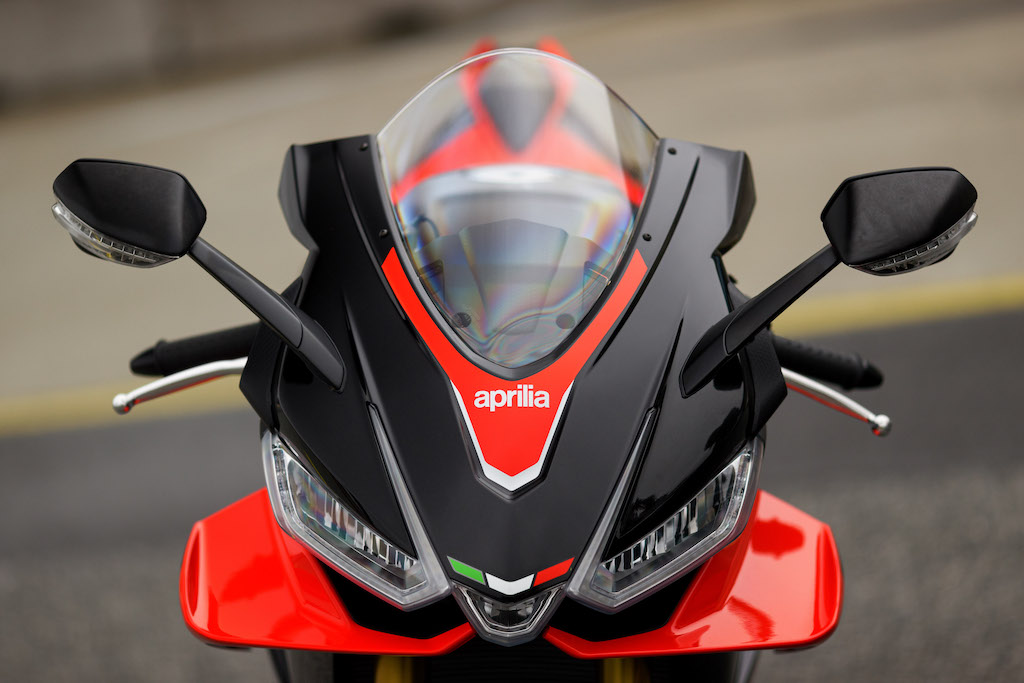
The APRC system has always been divinely easy to use and the new system is no different. You can tailor the ride so finely, making the motorcycle so safe or conversely rowdy. I genuinely think we’re close to maxing out how clever these bikes can really be.
Dimensions wise, Aprilia must have taken some cues from BMW by giving the rider a little more room to breathe, move. A wider windshield and an increased area for your chin to sit on when in a full tuck has been developed, and makes this iteration far more comfortable and less tiring to ride. To that end, the engineers have lowered the seat height by nine millimeters and the footpeg position is 10mm lower, while amazingly giving you an extra 1.5 degrees of ground clearance when cornering, not taking 1.5 degrees away.
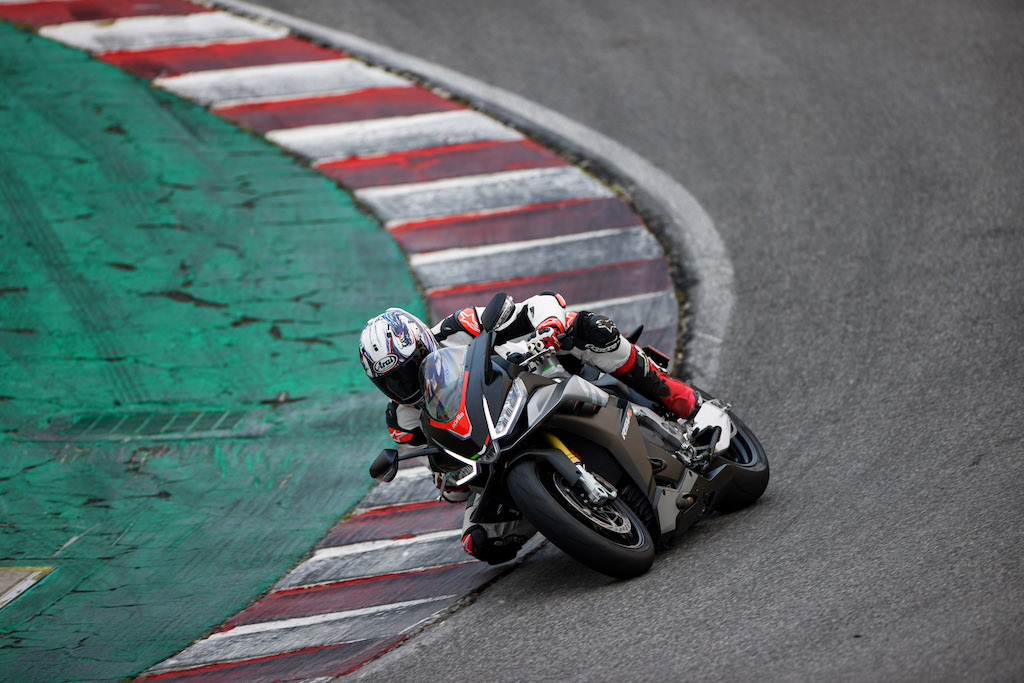
Make no mistake, Aprilia has knocked this one completely out of the park. The new RSV4 and RSV4 Factory, regardless of which one you choose, are stupendous superbikes that can hold more than a candle to bikes more exotic and expensive, especially from its own country of Italy… The 2021 Aprilia RSV4 and RSV4 Factory is no diamond in the rough. It’s a straight brilliant-cut Aprilia should be very proud of.
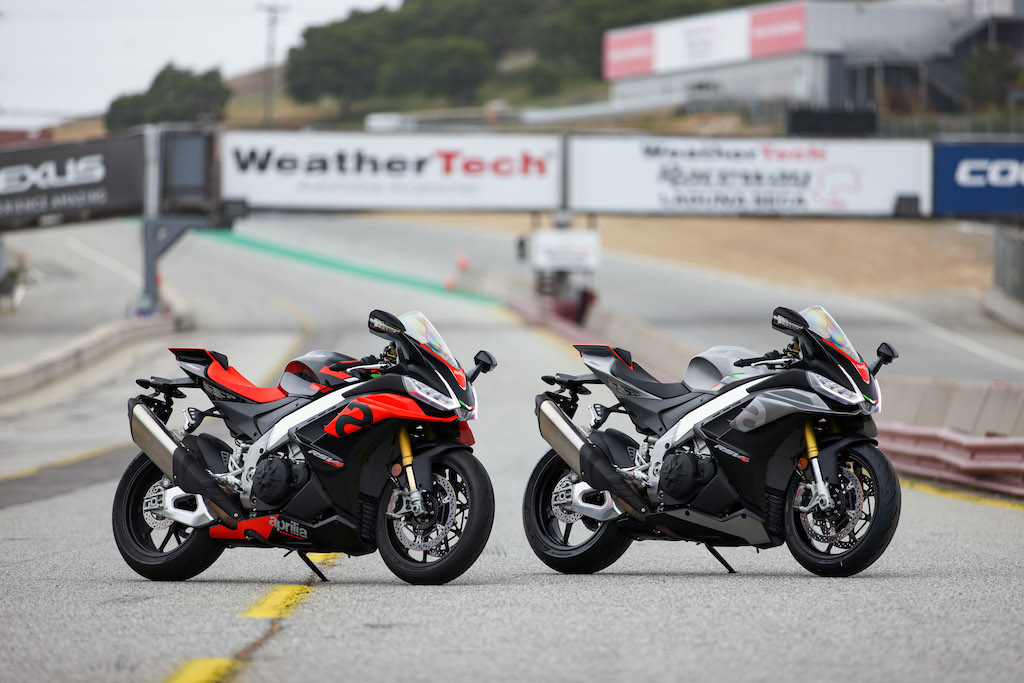
Images: Larry Chen
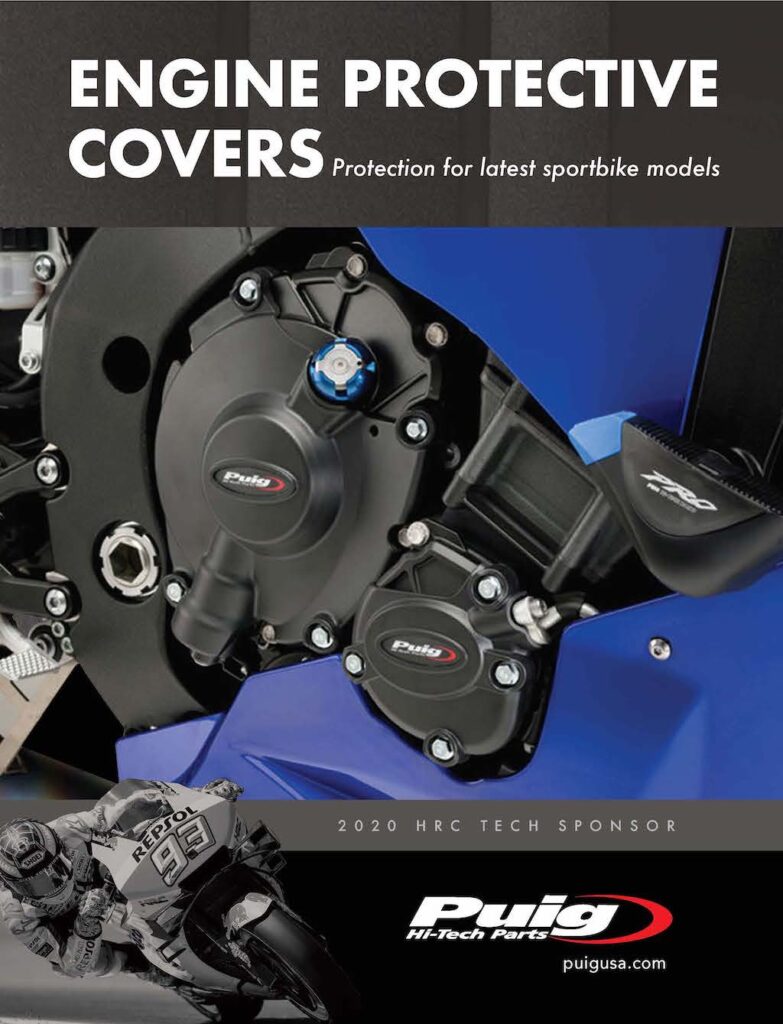
About The Author
Discover more from SportBikes Inc Magazine
Subscribe to get the latest posts sent to your email.
